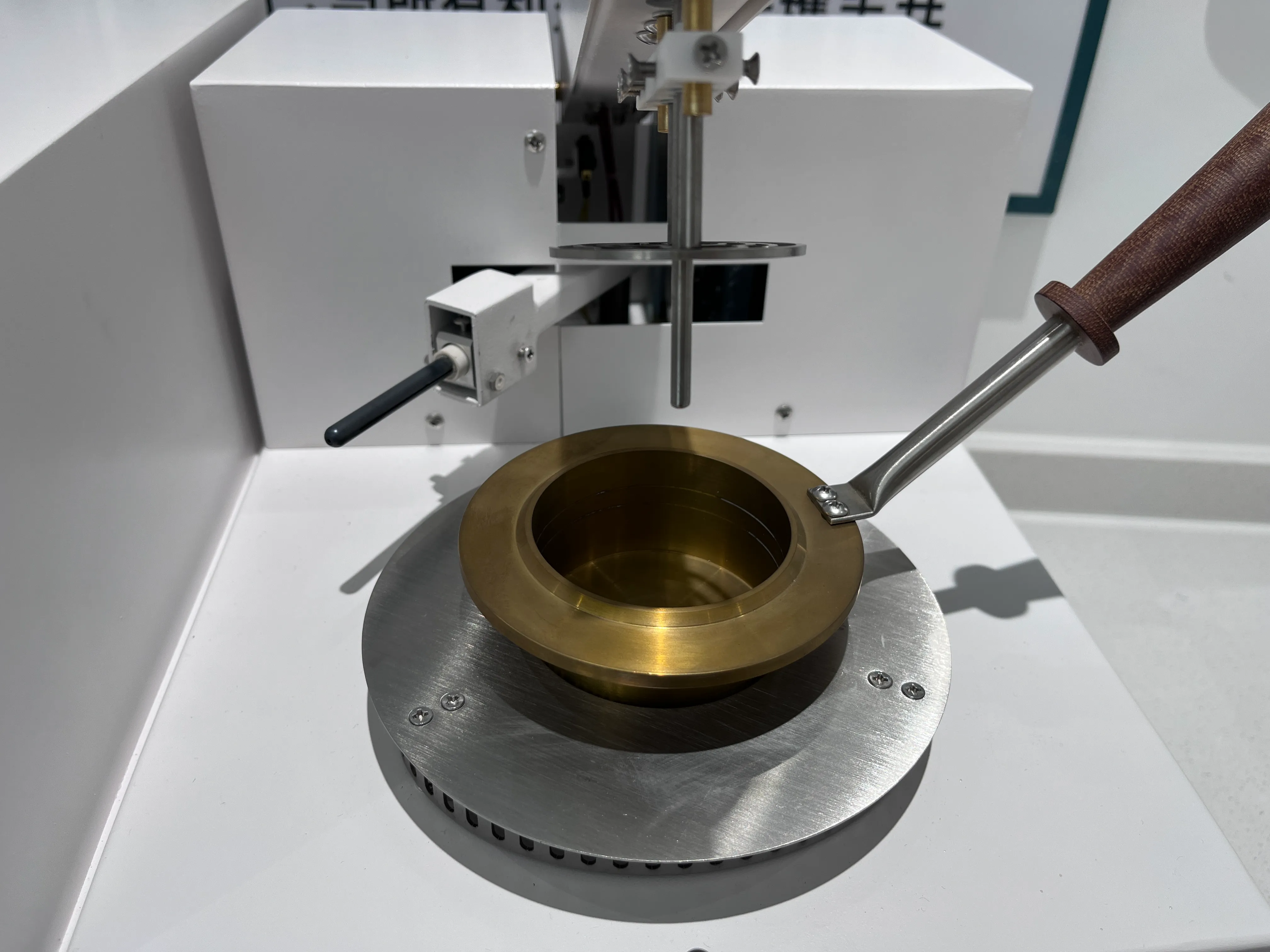 English
English


Ratio Test of Power Transformer
The Ratio Test of Power Transformers
The efficiency and reliability of power transformers are critical aspects of electrical engineering, especially in the transmission and distribution of electrical energy. One essential method to assess transformer performance, among other diagnostics, is the ratio test. The ratio test not only helps in identifying any issues with a transformer but also provides vital information about its operational integrity.
Understanding the Ratio Test
The ratio test, often referred to as the turns ratio test, is a straightforward but effective diagnostic technique used on power transformers. By comparing the turns ratio of the primary and secondary windings with designed specifications, engineers can determine the transformer’s health. Ideally, the ratio should match the manufacturer's stated turns ratio, which is determined based upon the voltage ratings of the transformer.
To conduct the ratio test, a transformer is subjected to a low-voltage test using a specialized transformer ratio test set. This involves applying a known low voltage to one winding and measuring the output voltage at the other winding. The measured voltages allow for the calculation of the turns ratio, which is then compared to the rated turns ratio.
Importance of the Ratio Test
The primary significance of the ratio test lies in its ability to detect internal faults or abnormalities within a transformer. If the measured turns ratio deviates from the expected value, this may signal issues such as shorted turns, open windings, or incorrect connections. Early detection of such problems can prevent catastrophic failures and extend the operational life of the transformer.
ratio test of power transformer

Additionally, the ratio test is beneficial for confirming the transformer’s condition after repairs or maintenance. It ensures that the windings have been correctly connected and that no further issues exist post-service. Regular testing can, therefore, form part of a preventative maintenance strategy, helping to secure a safe and efficient power supply network.
Applications in the Field
In practical applications, the ratio test is frequently used by utility companies, industrial plants, and electrical contractors. It serves as an integral part of routine maintenance checks, especially before and after the installation of new transformers. Moreover, the ratio test is often employed when decommissioning transformers or conducting audits. Such assessments are vital in ensuring every component of the power system adheres to regulatory standards and operates efficiently.
With advancements in technology, modern testing equipment has made the ratio test more accessible and reliable. Digital testers provide greater accuracy and easier data interpretation, allowing for better decision-making in transformer management. This modernization contributes to enhanced safety and efficiency in electrical systems.
Conclusion
The ratio test is a crucial diagnostic tool in the management of power transformers. Its ability to identify abnormalities in the turns ratio provides valuable insights into the transformer's health and performance. Regular implementation of the ratio test not only enhances the safety of electrical distribution systems but also promotes the longevity and reliability of transformers in service. In an era where efficient energy transmission is paramount, understanding and applying the ratio test is essential for electrical engineers and technicians alike.
-
Differences between open cup flash point tester and closed cup flash point testerNewsOct.31,2024
-
The Reliable Load Tap ChangerNewsOct.23,2024
-
The Essential Guide to Hipot TestersNewsOct.23,2024
-
The Digital Insulation TesterNewsOct.23,2024
-
The Best Earth Loop Impedance Tester for SaleNewsOct.23,2024
-
Tan Delta Tester--The Essential Tool for Electrical Insulation TestingNewsOct.23,2024





